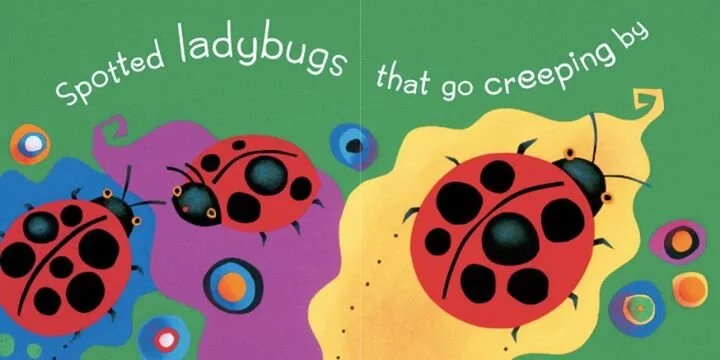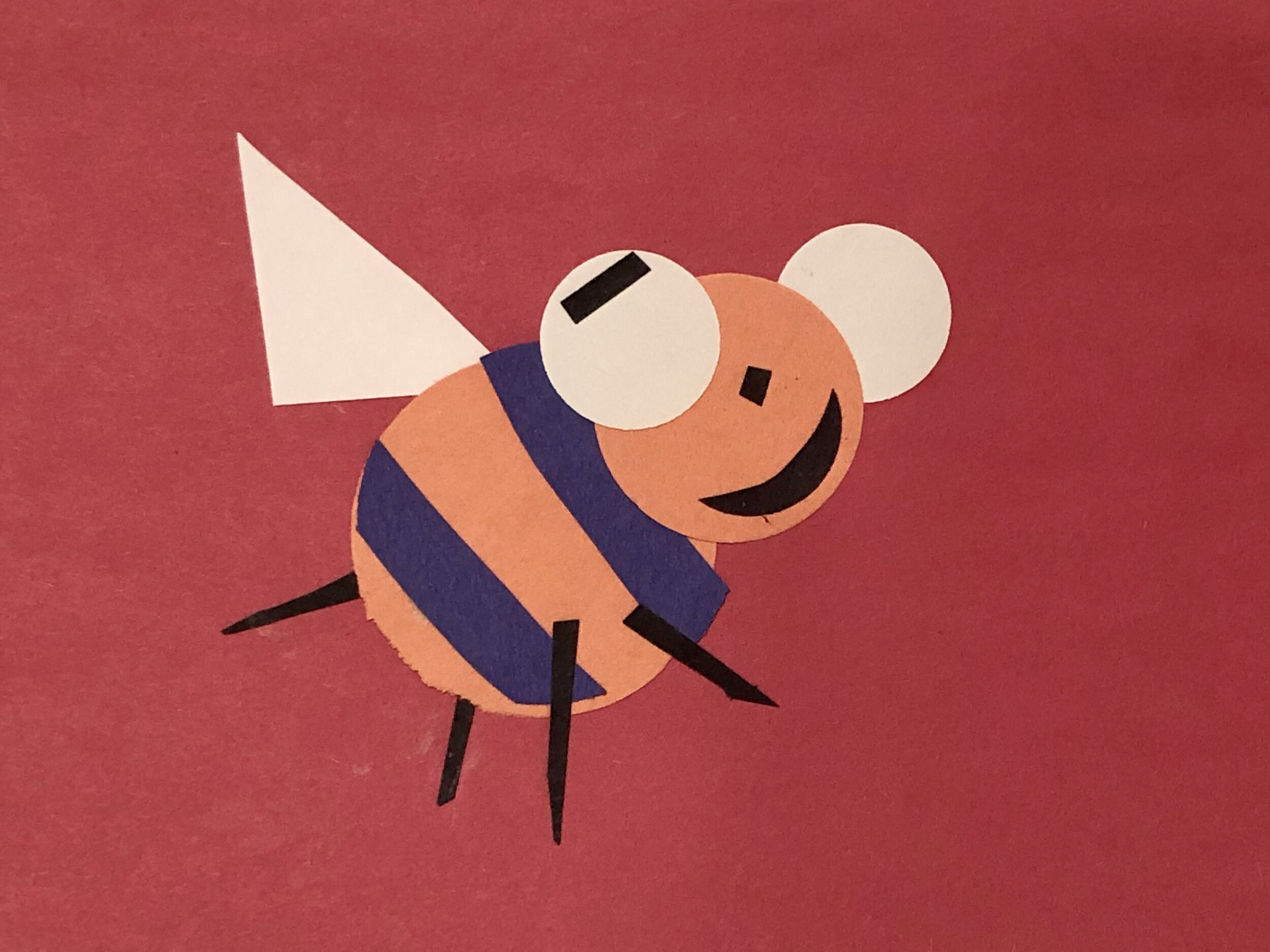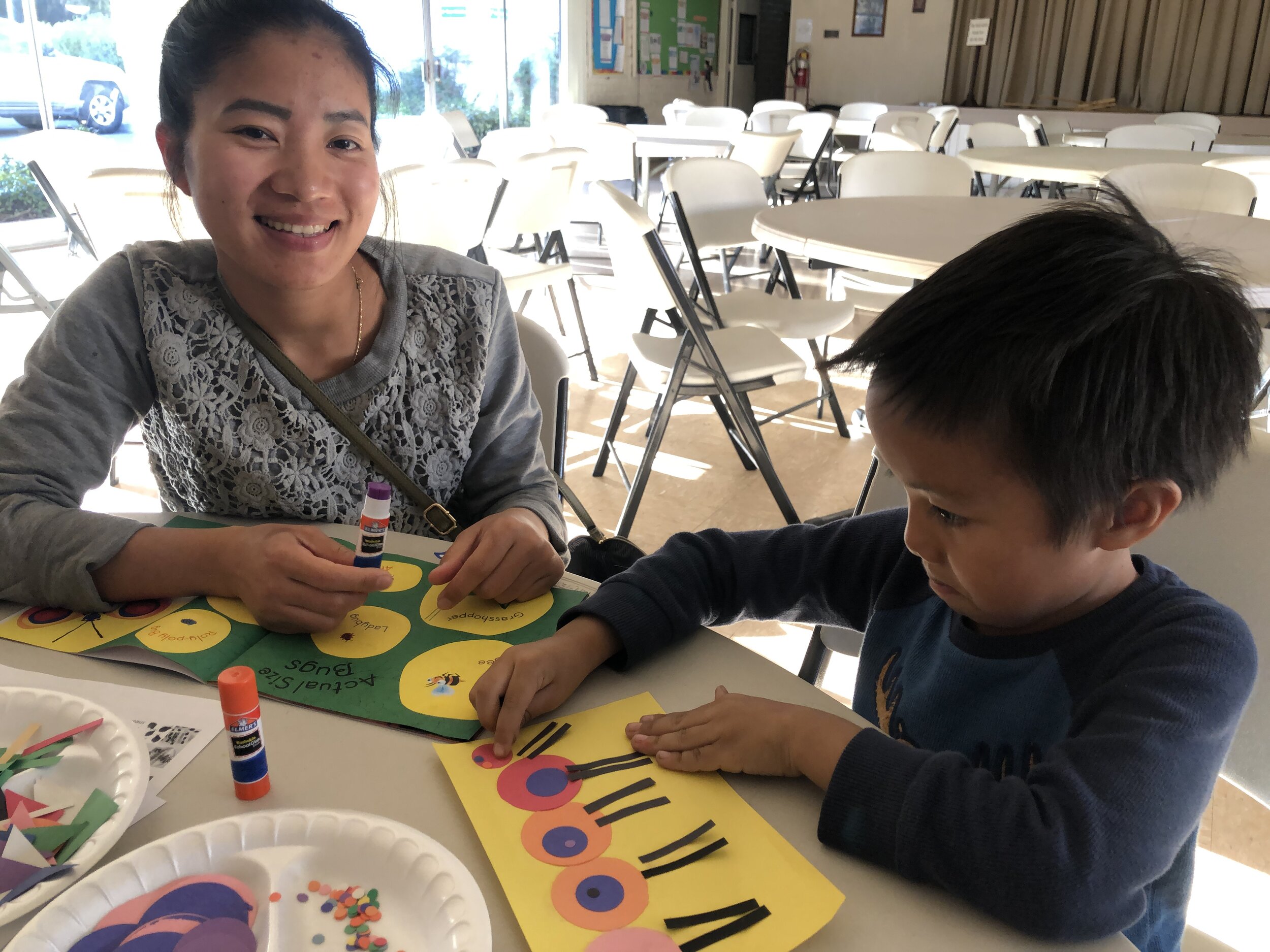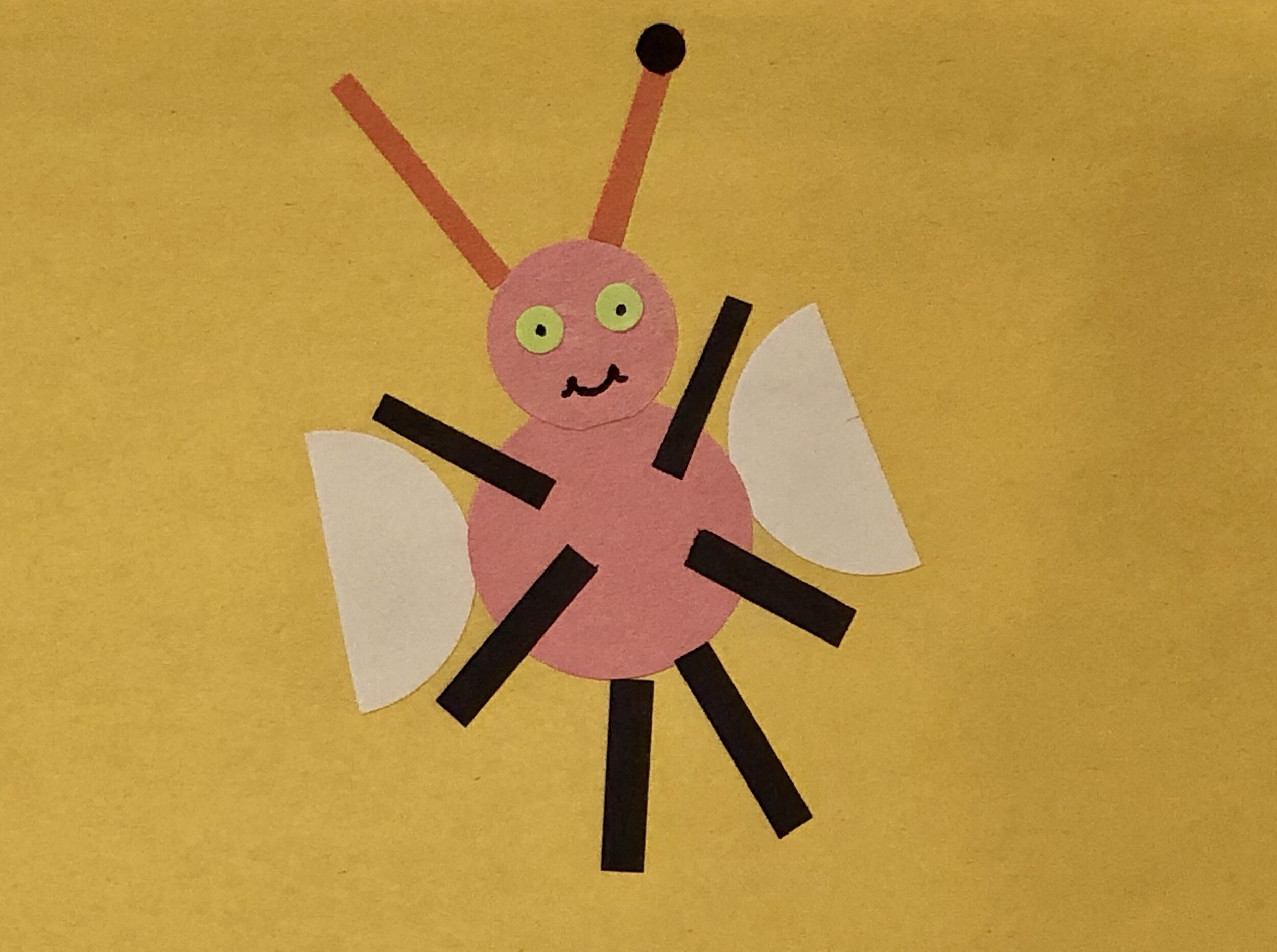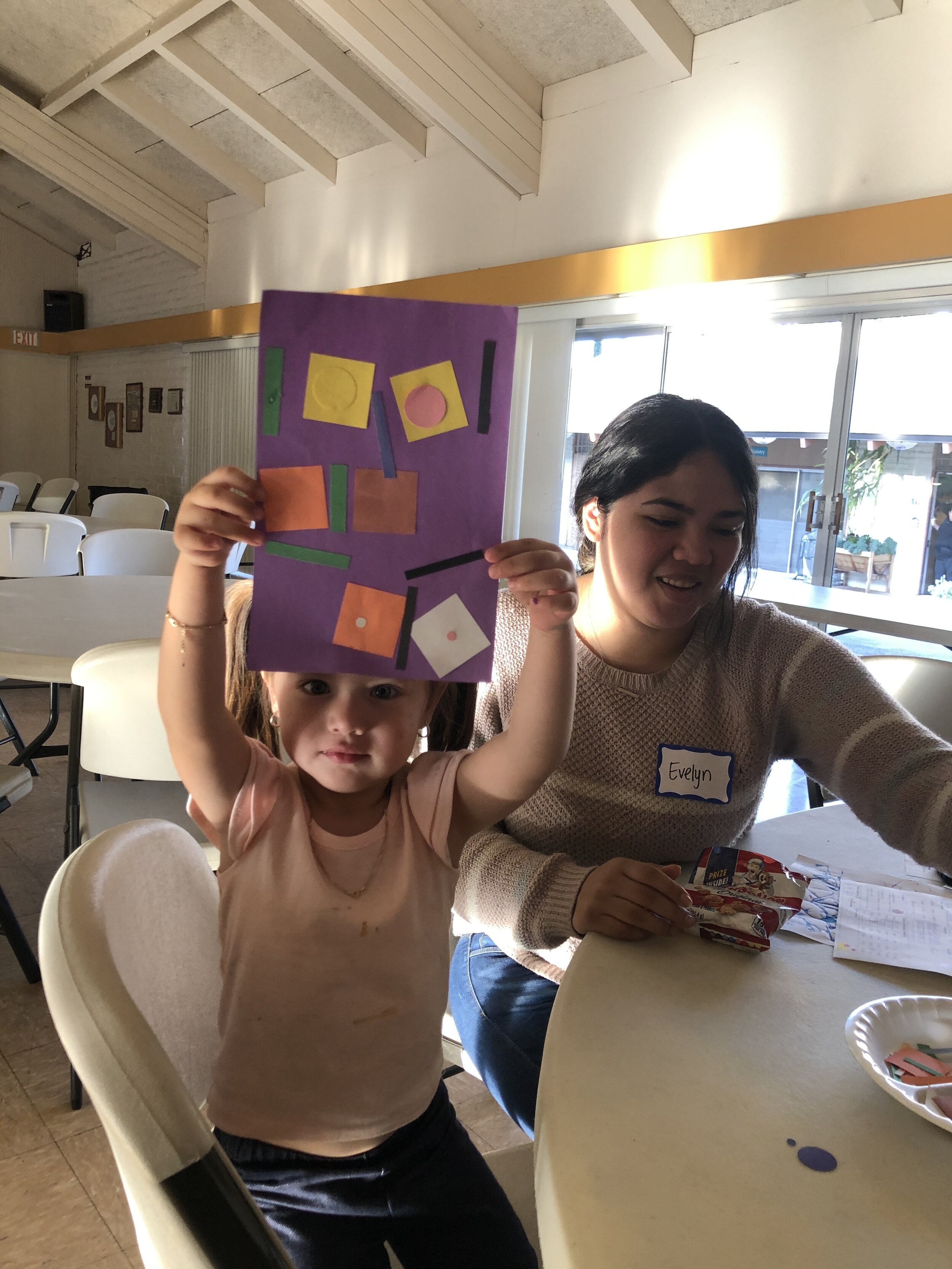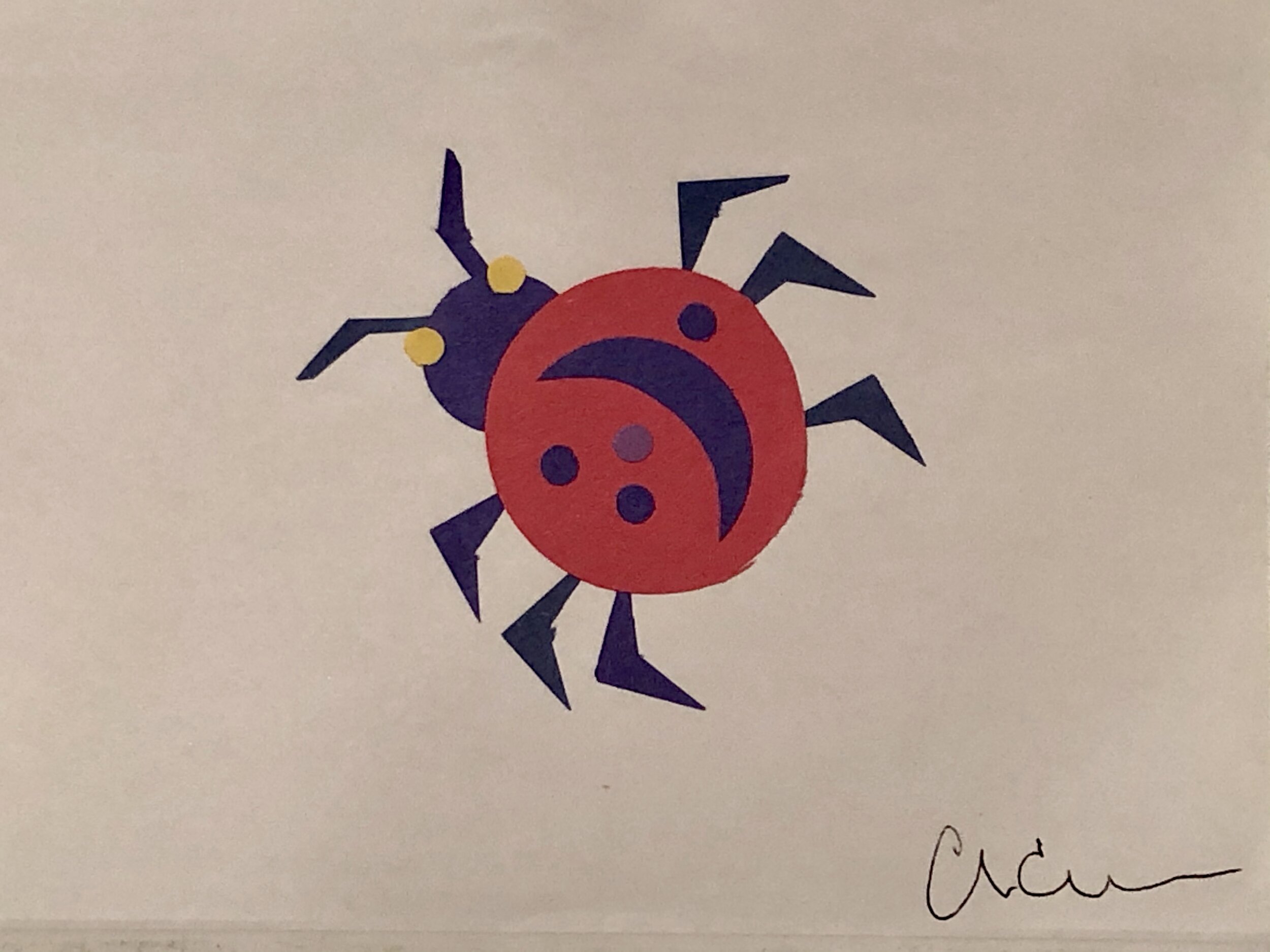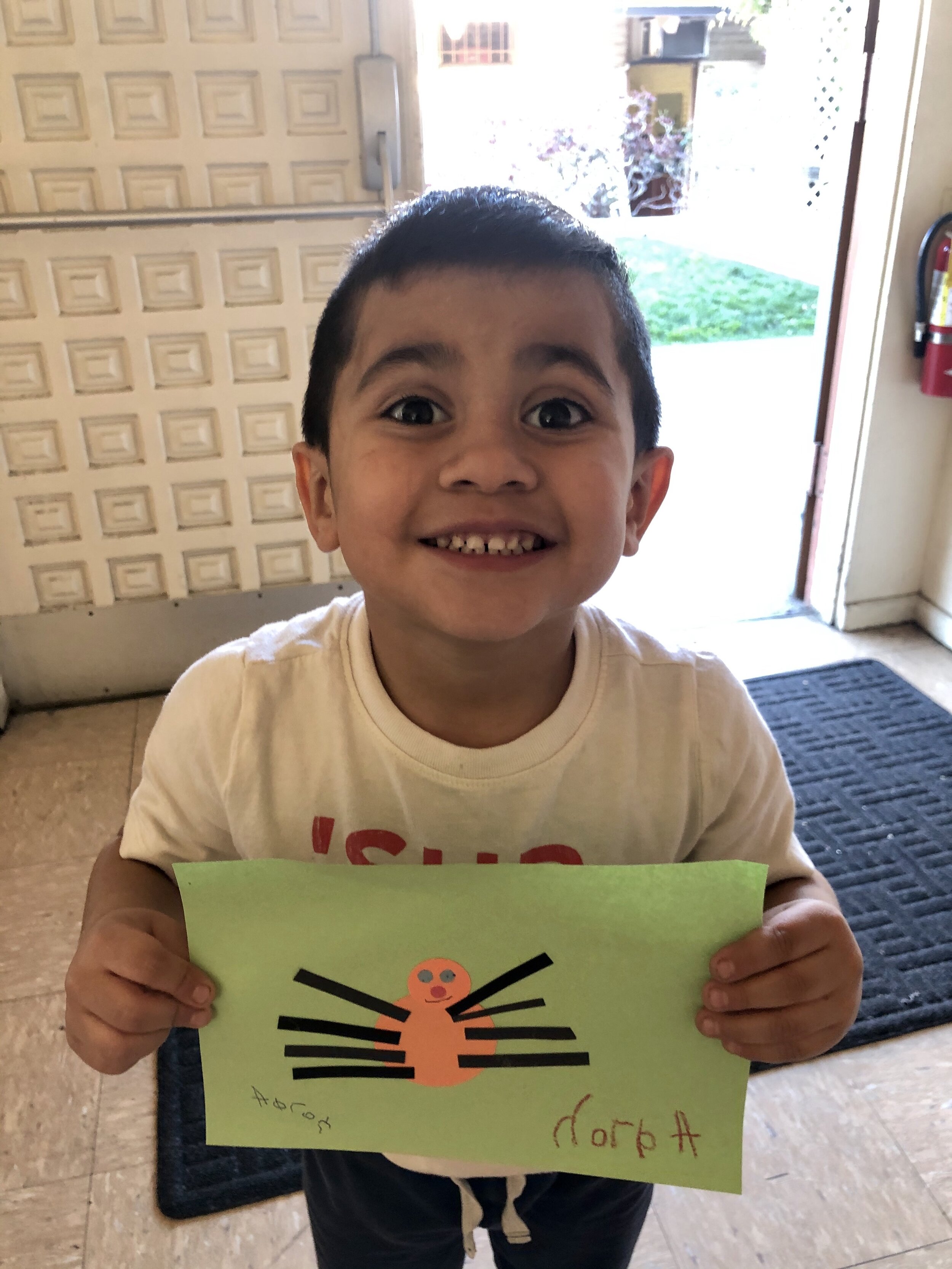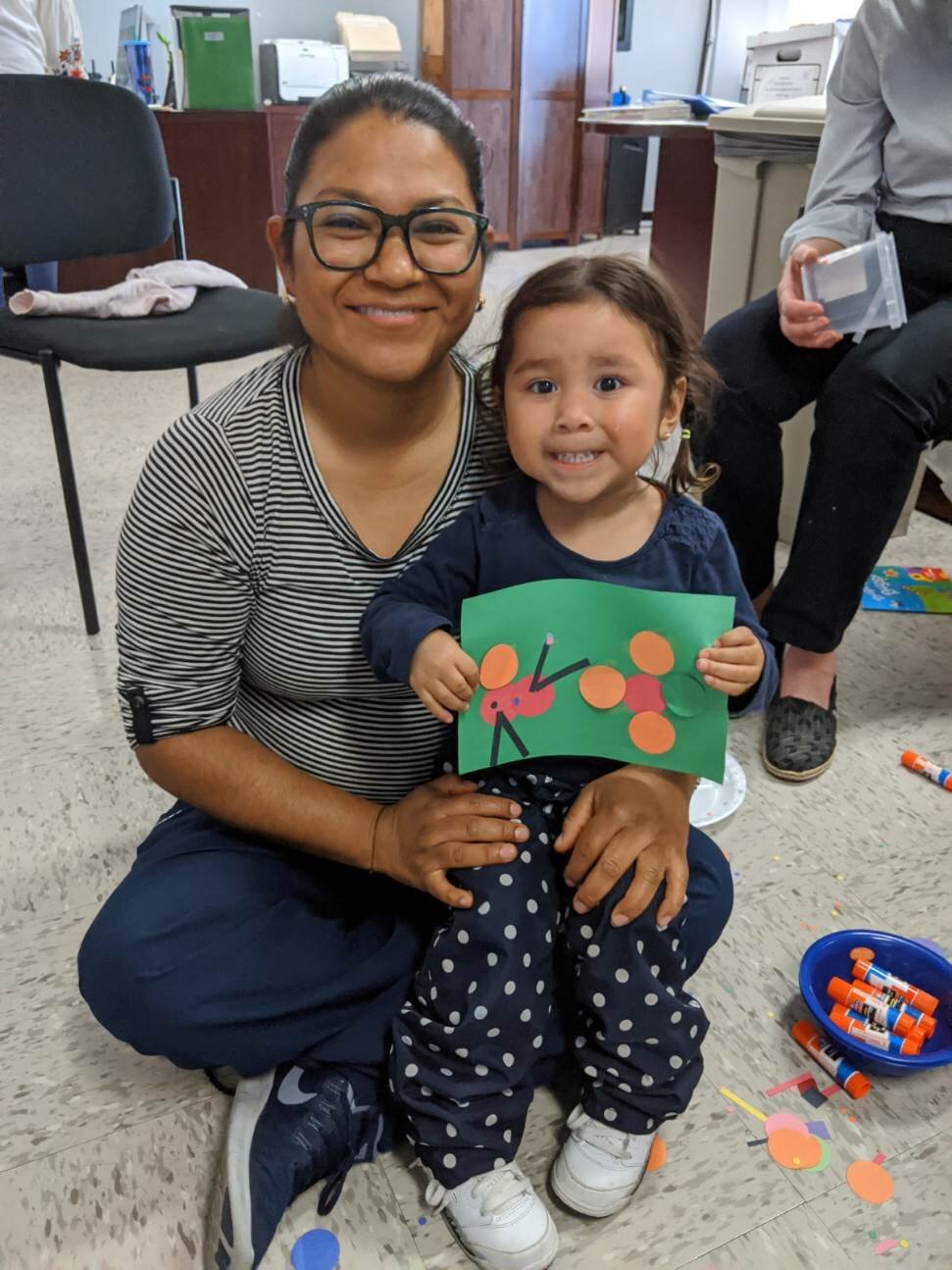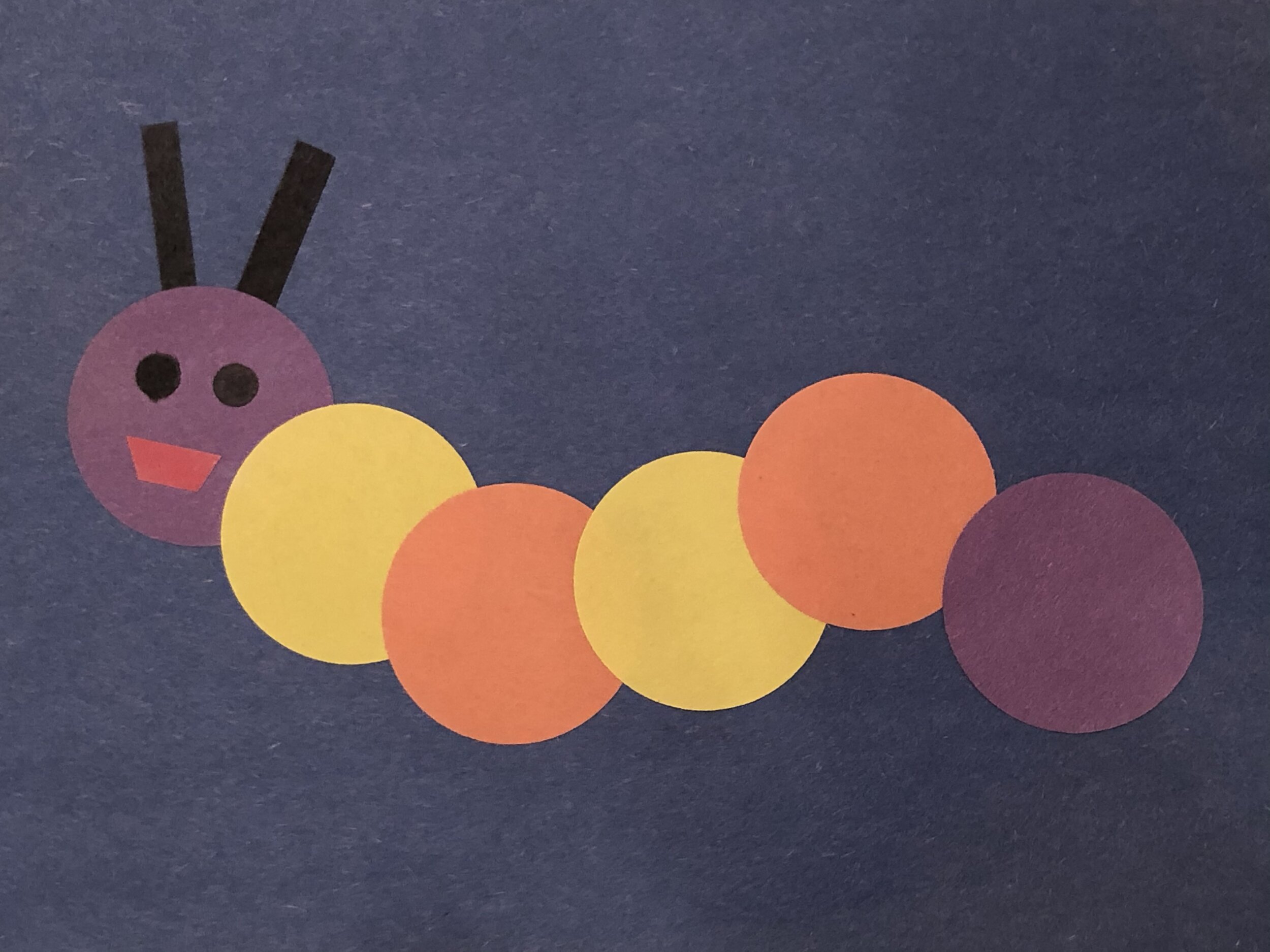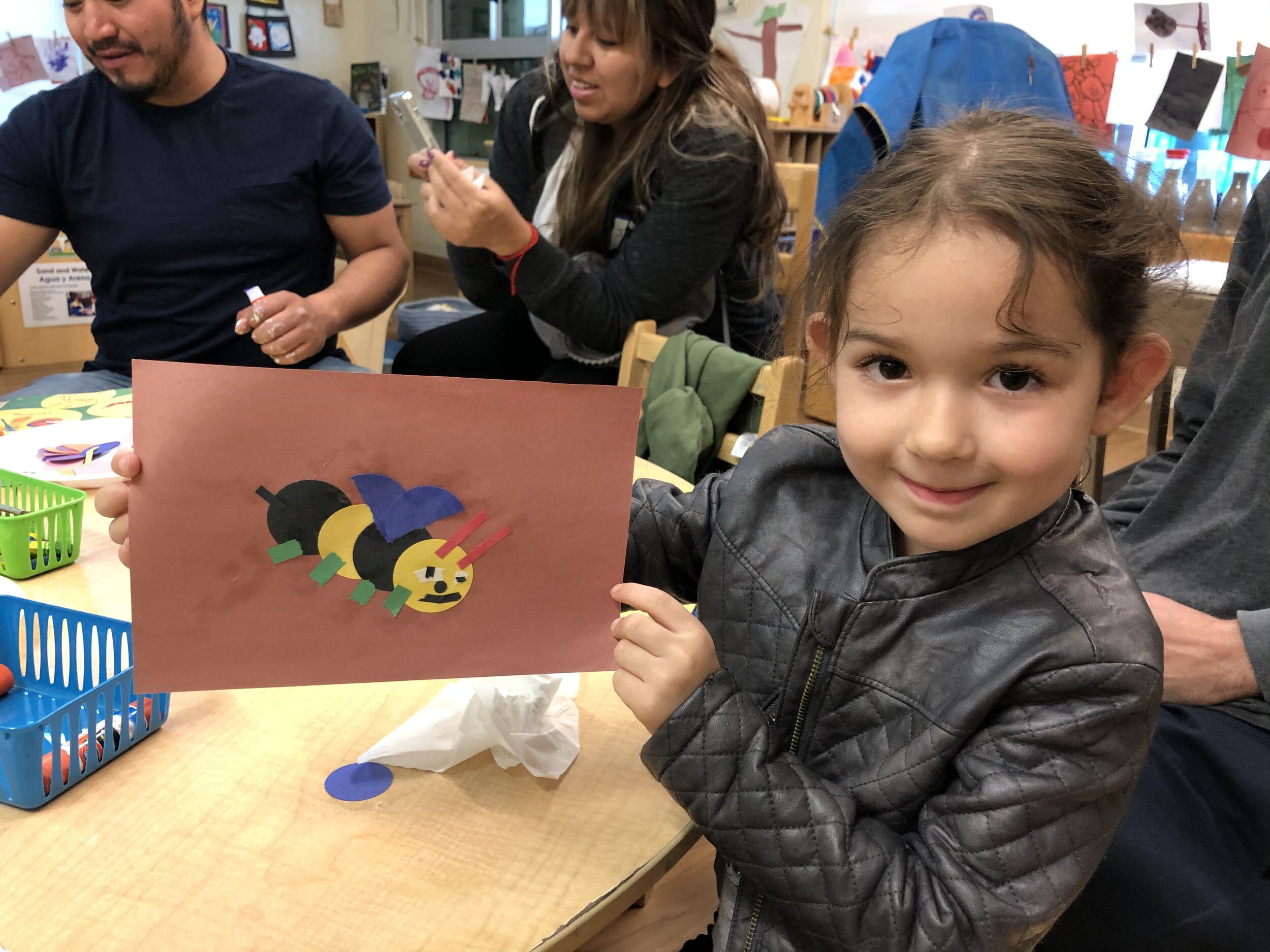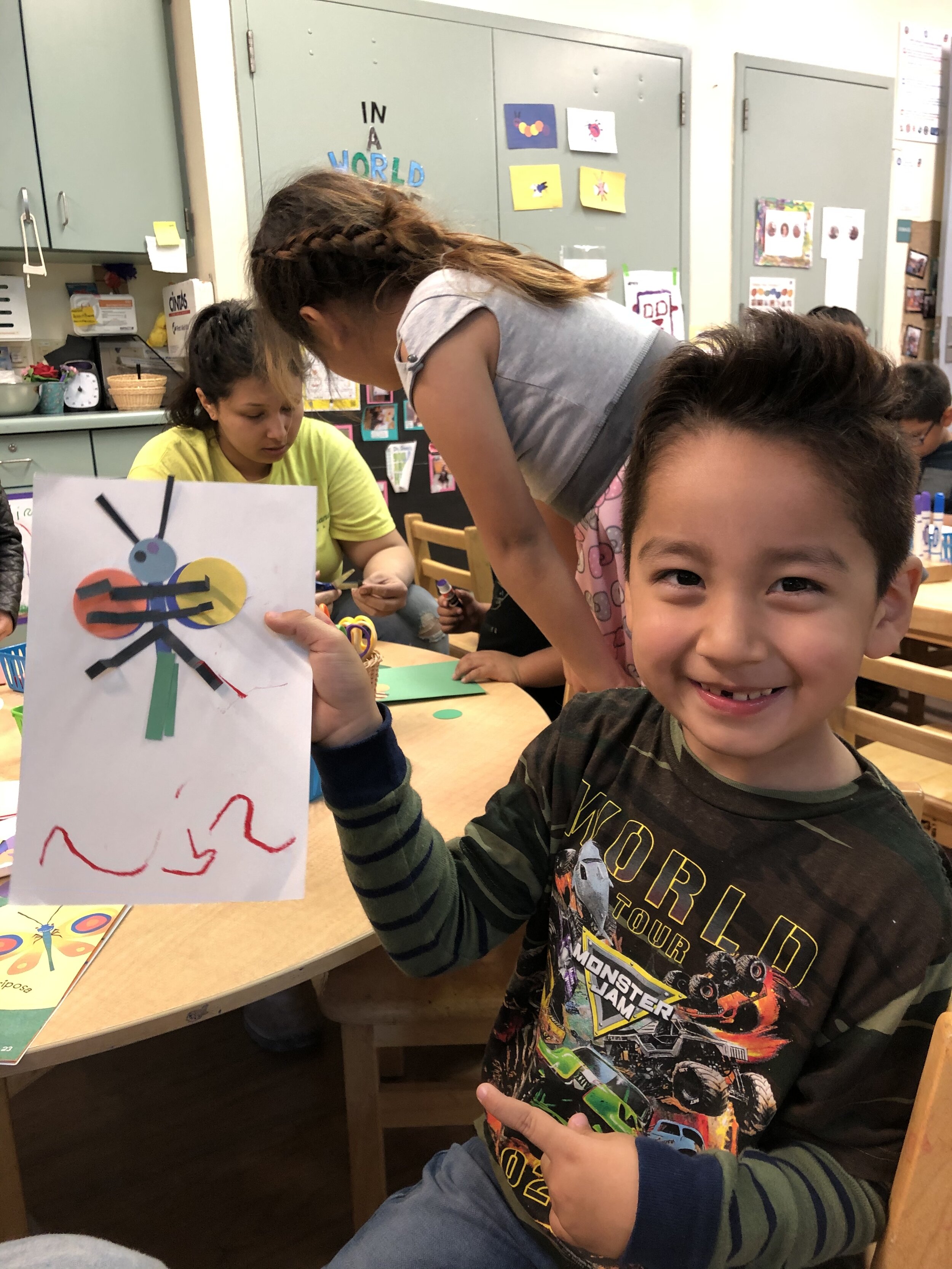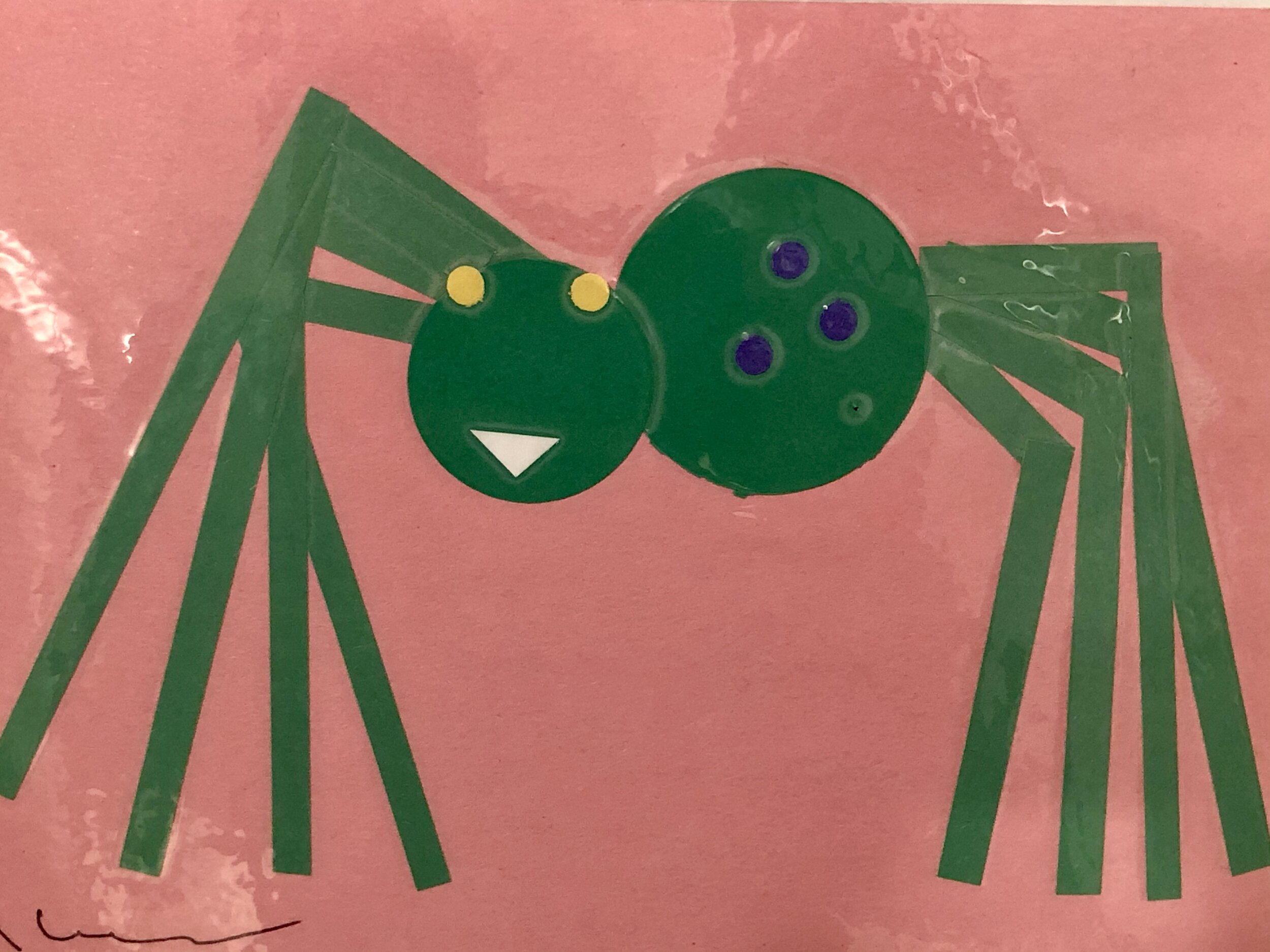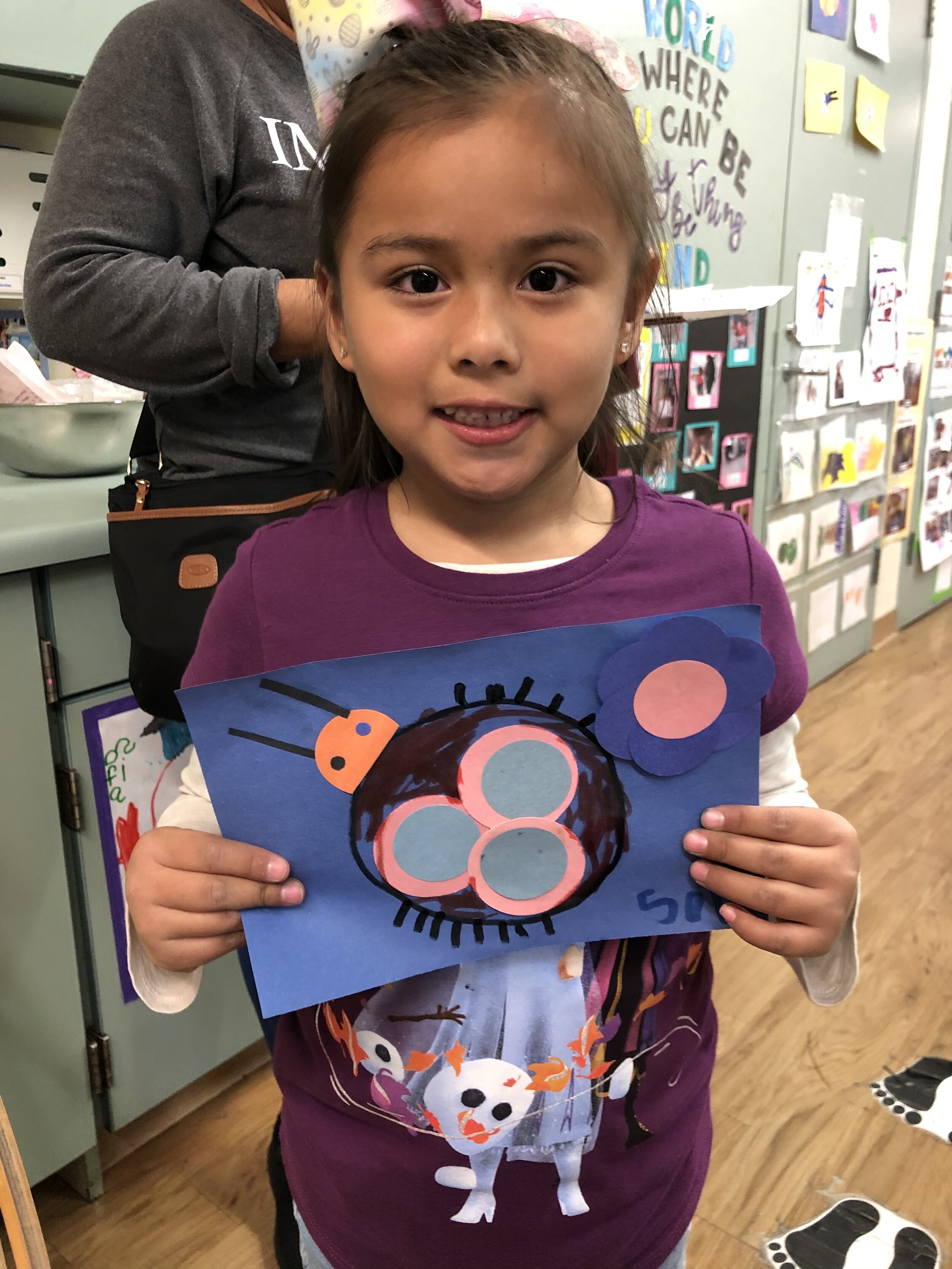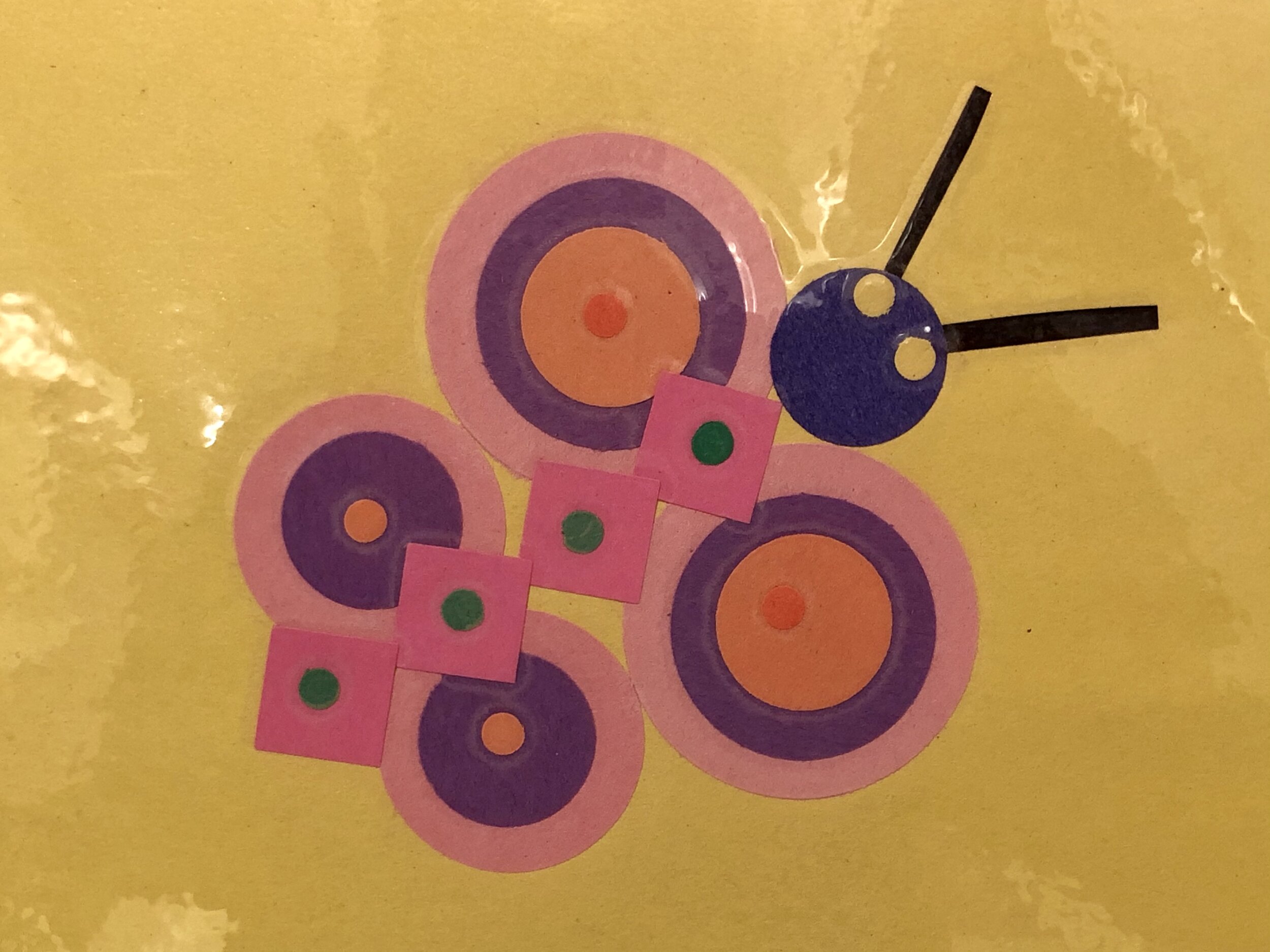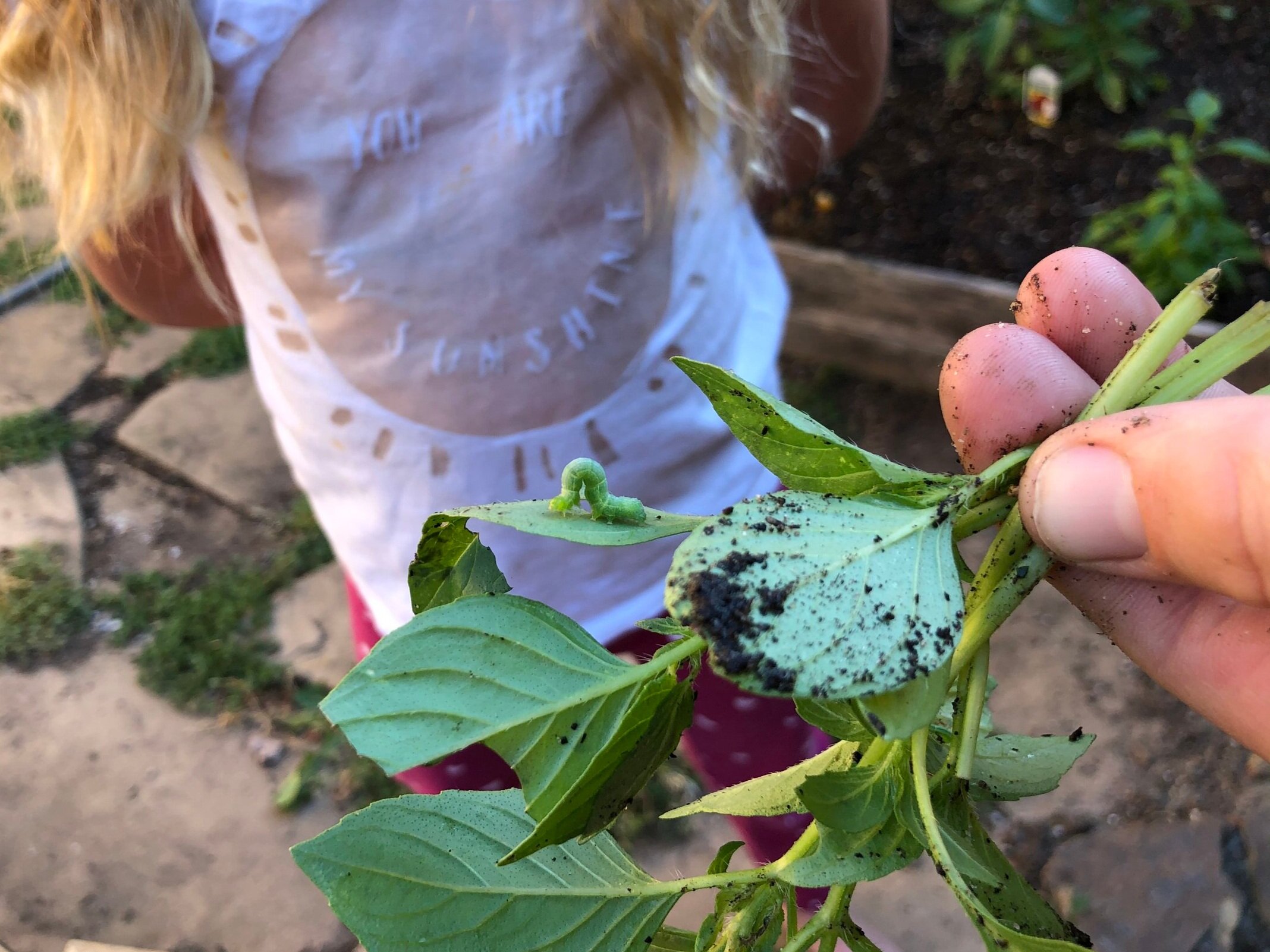Bugs! Bugs! Bugs! by Bob Barner
READ!
Pretty ladybugs, fluttering butterflies, creepy daddy longlegs, and round roly polies are just some of the familiar bugs you’ll find in Bugs! Bugs! Bugs! Check out the actual size bug chart, which provides real-world comparisons so that we know exactly how big each bug is, and the Bug-O-Meter, which lists fun facts about each bug, such as number of legs, where it lives, whether it flies, and if it stings!
EXPLORE!
Let’s Build a Bug!
Bugs! Bugs! Bugs! is full of beautiful colors and shapes! Invite your child to create their own insect from the colorful shapes included in their Let’s Read backpack! Look through the pages of the book for inspiration; your child may want to recreate a bug from the story or one from their imagination!
Need inspiration? Check out the slide show of bugs made by other families!
Remember that children learn best when they do and get to try things for themselves! Invite your child to explore the project materials before you begin, since we better understand steps in a process when we know what we’ll be working with first. Also let your child take the lead; it’s more important that they have fun than for the project to be perfect, and they will be so proud to show you what they know!
The Big Five ideas for this book:
Talk: Try using power phrases when your child is building their insect to encourage them to make observations, such as:
Tell me about your bug!
I noticed that your insect has lots of legs! or I noticed that your bug has wings!
I wonder what your bug would eat?
Play: Invite your child to play with their food and create creepy crawlers of their own! Make Ants on a Log with celery sticks, peanut butter, and raisins. Add pretzel sticks for antennae and apple slices for wings to create a butterfly! This sensory activity is a fun way to sneak in servings of fruits and vegetables. Find examples of bug inspired snacks here!
Sing: This is the perfect story to sing the Itsy Bitsy Spider! Your child will love making the hand motions to the song. Or learn to dance like a bug here!
Write: Bugs have important jobs in our environment! They help pollinate flowering plants, help prepare the soil so that plants can grow, and provide food for other animals! Draw a picture or write a thank you note to celebrate these tiny hard workers!
real world connection
Bug Scavenger Hunt: When going for a walk or playing outside, invite your child to look for bugs from the book in the real world. Encourage them to look on the ground, in trees, under rocks, shrubs, flowers, and in the air. Use the book’s “Bug-O-Meter” for clues of where to look!
LEARN MORE!
Bugs! Bugs! Bugs! is an informational book. Informational books give us information about our world, explain a process or show us how something is done. They are also powerful examples for children because they show our children that sometimes we read to hear a fun story, and other times we read to gather new information! In this way reading informational books shows our children that reading has a purpose in our lives!

